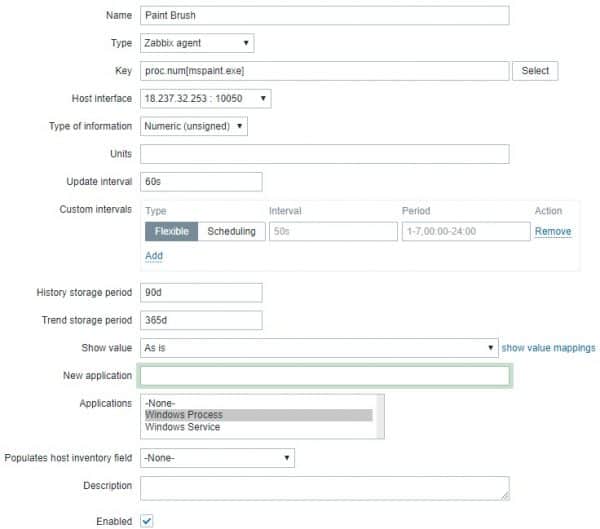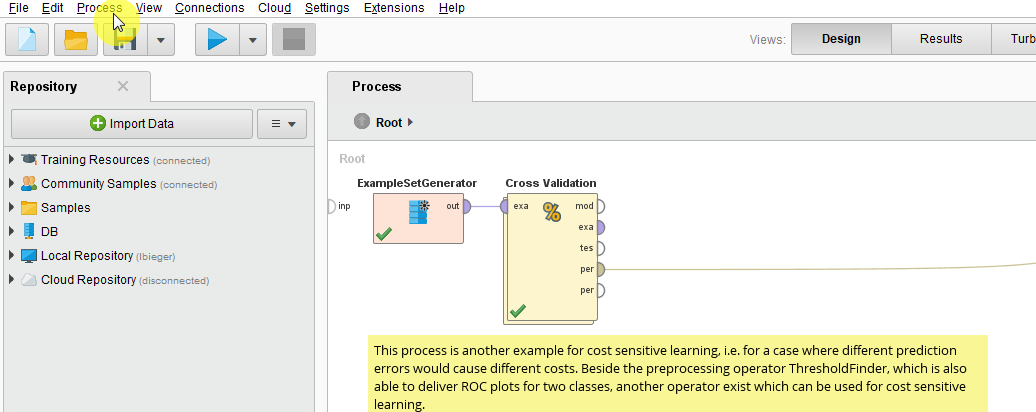


On many operating systems, background processes are created automatically when an instance is started.įigure 9-2 illustrates how each background process interacts with the different parts of an Oracle database, and the rest of this section describes each process. The background processes in an Oracle instance can include the following: See the V$BGPROCESS view for more information on the background processes. To maximize performance and accommodate many users, a multiprocess Oracle system uses some additional Oracle processes called background processes.Īn Oracle instance can have many background processes not all are always present. However, with the shared server, many user sessions can share a single server process. In configurations without the shared server, Oracle creates a server process on behalf of each user session. For example, a user with the user name/password of SCOTT/TIGER can connect to the same Oracle instance several times. Multiple sessions can be created and exist concurrently for a single Oracle user using the same user name. A session lasts from the time the user connects until the time the user disconnects or exits the database application. For example, when a user starts SQL*Plus, the user must provide a valid user name and password, and then a session is established for that user.
#Process monitor tutorial software#
A communication pathway is established using available interprocess communication mechanisms (on a computer that runs both the user process and Oracle) or network software (when different computers run the database application and Oracle, and communicate through a network).Ī session is a specific connection of a user to an Oracle instance through a user process. Each connected user has a separate user process, and several background processes run Oracle.Ĭonnection and session are closely related to user process but are very different in meaning.Ī connection is a communication pathway between a user process and an Oracle instance.
#Process monitor tutorial code#
Each server process that runs Oracle database server code (a shared server process) can serve multiple user processes.įigure 9-1 illustrates a dedicated server configuration. With shared server, t he database application is run by a different process (a user process) than the one that runs the Oracle database server code. With dedicated server, for each user, the database application is run by a different process (a user process) than the one that runs the Oracle database server code (a dedicated server process). The code for connected users can be configured as a dedicated server or a shared server. The process structure varies for different Oracle configurations, depending on the operating system and the choice of Oracle options. They include server processes and background processes. Oracle processes run the Oracle database server code. User processes run the application or Oracle tool code. The processes in an Oracle system can be categorized into two major groups:


 0 kommentar(er)
0 kommentar(er)
